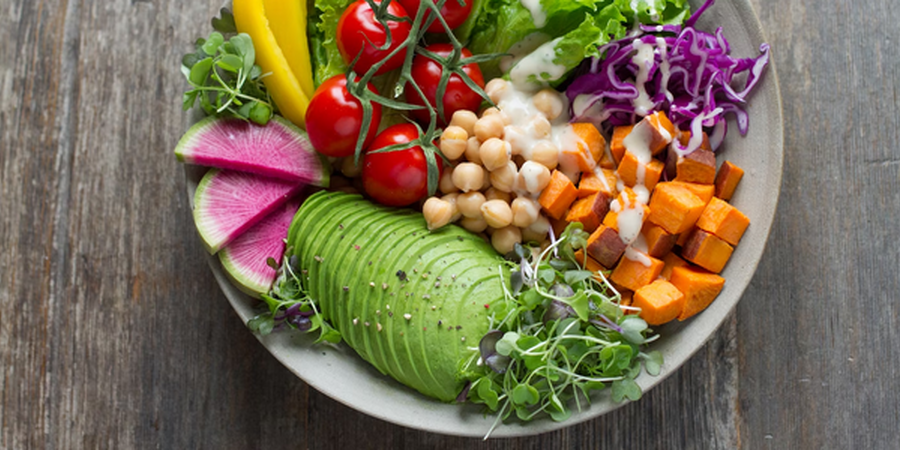Philadelphia, PA - There are many reasons why some people choose not to eat meat. Some find it against their religious or cultural beliefs, whereas others may abstain from meat for health reasons. Vegetarians and vegans also believe that it is wrong and inhumane to kill animals for food. Despite your reasons for not eating meat, you may want to find a variety of healthy sources of protein to ensure your diet is complete. Read on to find out how to get more protein in your diet when you don’t take meat.
Why Protein Is Essential In Diet?
Alongside carbs and fats, protein is one of the essential macronutrients needed by the body to function optimally. Proteins are involved in a wide range of physiological and biochemical processes, from building and repairing muscle tissue to supporting the functioning of the immune system, enzymes, and hormones. Proteins are also a common source of energy in the body. Moreover, a protein-rich meal makes you feel full and satisfied after eating, which can help with weight control.
Ways to Get More Dietary Protein Without Eating Meat
Vegan Breakfast Bowls
Whether you're a vegetarian, vegan, or simply trying to reduce your intake of animal products, vegan breakfast bowls can be a great way to start the day. They are protein-rich, packed with healthy veggies, and customizable for your dietary preferences. It's also easy to make ahead of time. You can store leftovers for up to three days in the refrigerator. Breakfast bowls can be filled with any of your favorite ingredients. You can add cooked grains, fresh fruit, nuts, or even leftovers from the night before. You can assemble the bowl on a bed of leafy greens or tortillas.
One of the most popular vegan breakfast bowls is an acai bowl. This dish combines bananas, chia seeds, granola, coconut, and almonds. It's then topped with fresh fruit. It's also protein-rich and loaded with vitamins and minerals. Another famous breakfast bowl is a muesli bowl. This delicious breakfast dish contains oats, almond butter, and protein milk. It can be served cold or warm. You can even top it with berries or other fruits.
Make Soups with Beans and Other Pulses
Pulses are basically the seeds of plants of the family Fabaceae, also known as legumes. Usually rich in protein, these include beans, peas, and lentils. According to the Harvard School of Public Health, legumes and pulses are also excellent sources of iron, folic acid, fiber, and healthy fats, which are equally important to the healthy functioning of the body.
Each type of pulse has a different nutrient profile, so you may want to vary your intake to get the most benefit. For example, lentils are a good source of iron, while beans are a good source of satiating fiber and protein. They are excellent, easy add-ins to soups, sauces, and stews as long as you’re creative in the kitchen.
Take More Nuts and Seeds at Breakfast
Nuts and seeds are not only a great source of protein but are also packed with other nutrients like healthy fats and fiber. If you want to increase your protein intake, try adding more nuts and seeds to your diet.
A handful of almonds or a couple of tablespoons of chia seeds can make a big difference. You can add them to your breakfast oatmeal or smoothie or snack on them throughout the day to satisfy your foodie appetite. Just be sure to watch your portion sizes, as some nuts and seeds can be high in calories.
In addition to almonds, other protein-packed seeds and nuts you can try include:
- Sunflower seeds
- Lotus seeds
- Flax seeds
- Sesame seeds
- Cashew nuts
- Peanuts
- Pistachios
- Walnuts
- Hazelnuts
Get Protein from Tofu
Tofu is a versatile food that can be used in a variety of dishes. Besides being one of the richest sources of 'complete' plant protein, tofu is also low in calories, making it a great option for those looking to include more protein in their diet.
This soy product is also known to contain a range of protective antioxidants called isoflavones, which are believed to combat free radicals and protect cells from oxidative stress. A wealth of evidence also shows that regularly including tofu in your diet may support heart health, prevent premature aging, and even support blood sugar management.
Tofu can be used in sweet or savory dishes and can be baked, grilled, or sautéed.
Bake With Protein Powder -- e.g. Chocolate Chip Cookies
Are you a fan of sweet treats like cookies, biscuits, cupcakes, or muffins for breakfast or dessert? If so, stock up on protein powder and get your baking gear on. Usually sourced from milk (whey and casein), soybeans, eggs, peas, and hemp, there are so many things that you can bake with protein powder.
You can use protein powder to make pancakes, waffles, muffins, cake, and even cookies as this easy chocolate chip protein cookies recipe reveals. Baked delicacies with protein powder can be a great way to add extra protein to your diet.
Abstaining from eating meat doesn’t necessarily have to mean getting stuck on a protein-deficient diet. The above are just a few of the many ways you can ensure you’re getting lots of protein every day.
Share This Article on Social Media


